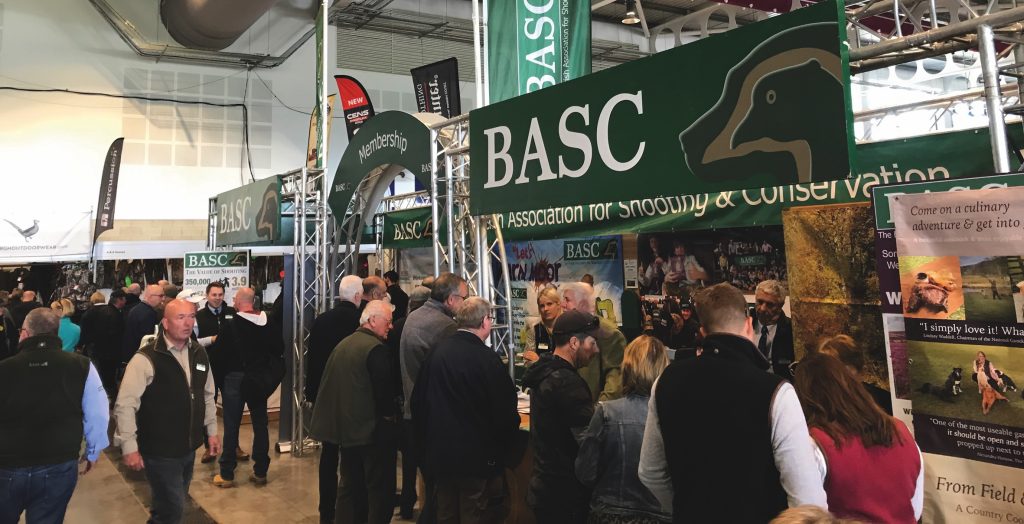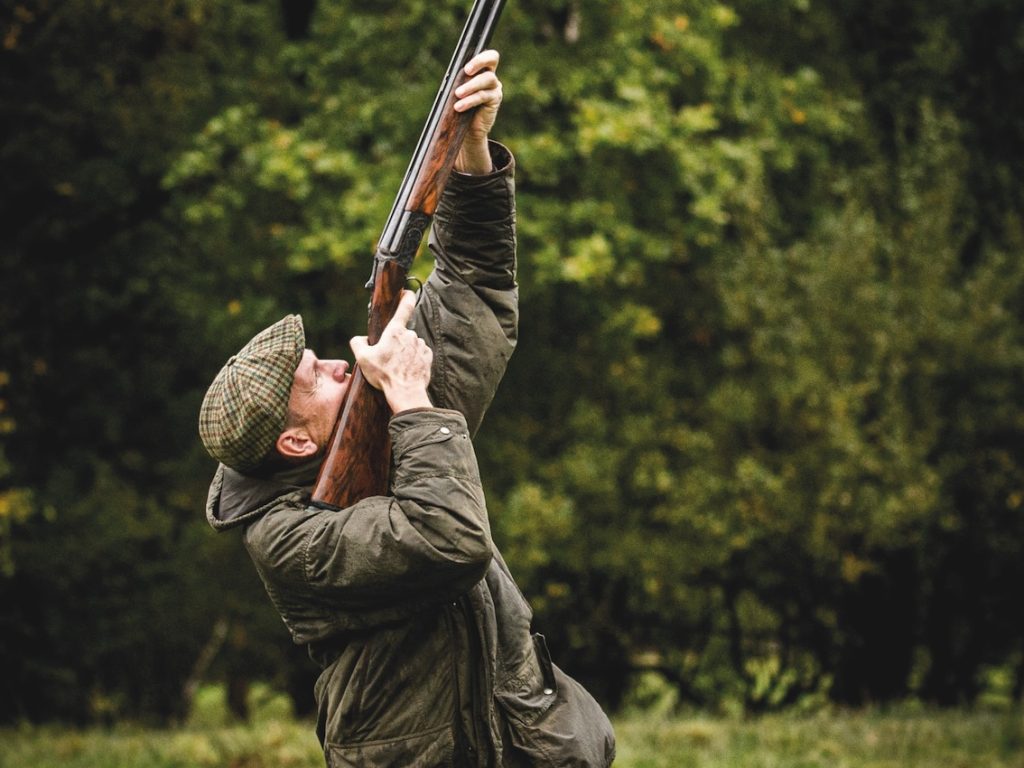Win CENS ProFlex DX5 earplugs worth £1,149 – enter here
A changing attitude to conservation brings positives for wildlife
Mike Swan discusses how our evolving attitudes to conservation has seen people wanting to do more for wildlife

One of the joys of my role as GWCT advisor is helping people to make a difference in wildlife conservation terms. Successfully improving a shoot is very satisfying, but helping broader conservation is the icing on the cake. In many ways, it is what keeps me motivated after all these years of shoot management advice.
Our detractors often blame farmers, gamekeepers and shooters more generally for wildlife declines. But what I keep finding out there in the British countryside is people who really would like to do more for wildlife. Time and again I hear words along the lines of “What should we do to get the little birds back?” and “I’d really like to do more for conservation, but I’m not sure how.”
It is 10 years or so since Entry Level Stewardship was launched, and the great success of the scheme is that 70 per cent of English farmland is now being cared for under some form of environmental scheme. I dare to suggest that this is a fundamental change in agriculture that has begun to change the mindset from pure production to something broader.
This is all good, but in general we do not seem to have seen a huge response from the likes of farmland birds. I think that this was predictable from the outset, and that one of the reasons was the “light touch” approach; farmers were simply given a menu of conservation options to choose from, and left to decide what to do for themselves. So long as it all added up to enough commitment, that was that.
This was great, and I am sure that the 70 per cent take up reflects the fact that it was easy for farmers to sign up. The downside, however, was that they were not really given enough help to put together a well thought-through package. For example, many chose to do grass margins around their fields, and a good thing too. They help to protect hedges, provide habitat for a range of insects, and nesting sites for ground- nesting birds. But on their own, they do not support other more critical aspects of wildlife life cycles. In particular, they have limited value as foraging areas for chicks. So, from the point of view of wild partridges, for example, they do not provide a safe and insect-rich brood-rearing habitat.
Lately things have moved on, and we are on the verge of a new era, with a New Environmental Land Management Scheme to be announced in the near future. The challenge here will be to ensure that there is a balance between real wildlife benefit and reasonable ease of implementation for the farmers. I really hope that what we will see will be a user-friendly scheme that farmers can wholeheartedly embrace.
One of the keys to getting this all to work out more successfully will be a proper understanding of the difference between protection and conservation. The latter implies positive management of our wildlife and its environment. Many protected species have continued to decline because legal protection does nothing unless the cause of the decline is simple over-exploitation.
A conservation epiphany
There is a growing realisation among proper conservationists that wildlife management involves manipulation of populations as well as maintaining and improving habitat — predation control, as carried out by gamekeepers, is a key part of conservation.
The other key to success is to ensure that the concept of whole life cycle support is better understood. If you want grey partridges to thrive, you must provide a good environment winter and summer, make sure that there is food throughout the year, including creepy-crawlies to feed the chicks, and then you must make sure that predation pressure is not too high. The same rules apply to any species that you want to conserve.
Availability of good advice is key to this. Every farm or estate is different, so advice needs to be tailored to local needs. Guidebooks are fine, but there is nothing to match on-site, one-to-one advice of the sort that the GWCT has offered throughout its history.
Related Articles
Get the latest news delivered direct to your door
Subscribe to Shooting Times & Country
Discover the ultimate companion for field sports enthusiasts with Shooting Times & Country Magazine, the UK’s leading weekly publication that has been at the forefront of shooting culture since 1882. Subscribers gain access to expert tips, comprehensive gear reviews, seasonal advice and a vibrant community of like-minded shooters.
Save on shop price when you subscribe with weekly issues featuring in-depth articles on gundog training, exclusive member offers and access to the digital back issue library. A Shooting Times & Country subscription is more than a magazine, don’t just read about the countryside; immerse yourself in its most authoritative and engaging publication.







